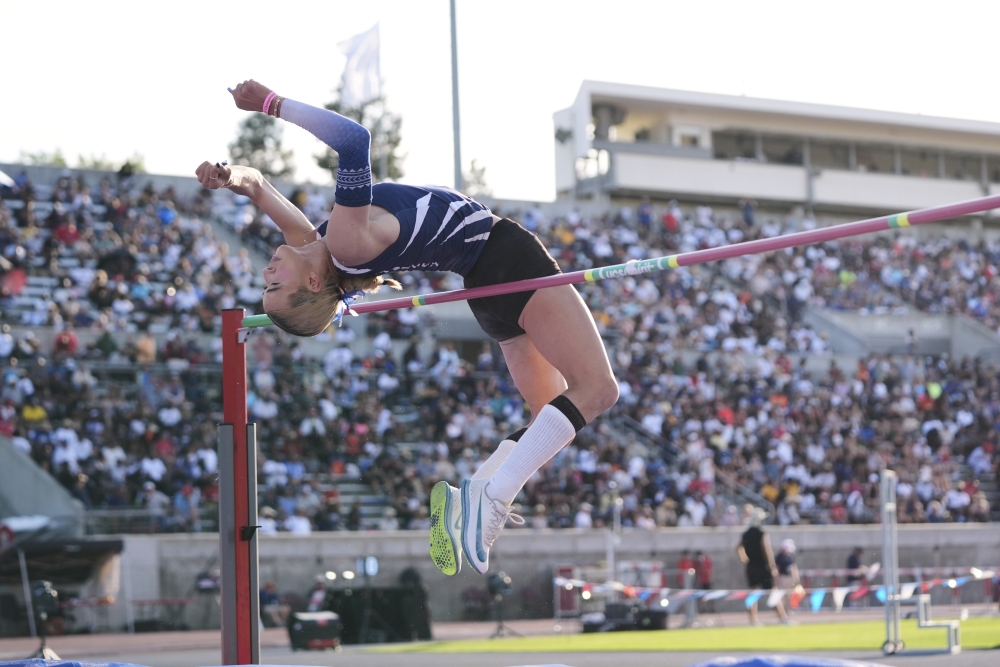
Douglas Rooks has been a Maine editor, columnist and reporter for 40 years. The author of four books, his new study of the Ken Curtis administration is due next year. He welcomes comment at [email protected].
In 2019, during Gov. Janet Mills’ first legislative session, lawmakers approved adding “gender identity” to protected classes under the Maine Human Rights Act. It was intended, according to the bill title, to “improve consistency in terminology.”
Gender identity was already covered under “sexual orientation,” but Democratic lawmakers, over almost unanimous Republican opposition, decided it needed more prominence. Mills must have had doubts; she held the bill, then returned it unsigned, killing it.
In 2021, the bill was enacted again, and this time Mills signed it. The Human Rights Act now protects individuals of any “race, color, sex, sexual orientation or gender identity, physical or mental disability, religion, ancestry or national origin” against discrimination in employment, credit, housing and public accommodations.
Most protections were included when the act was passed in 1971 with the vigorous support of Gov. Ken Curtis, after failing to be adopted two years earlier. But the fight over “sexual orientation” continued for more than three decades. Gay men and lesbian women were very much objects of discrimination. But with the U.S. Supreme Court’s 2015 Obergefell v. Hodges decision legalizing same-sex marriage in all 50 states, that issue seemed resolved.
The little-noticed bill to “improve consistency,” however, functioned as a time bomb, exploding into the national arena when President Trump signed an executive order recognizing only two genders and — at a White House luncheon — and threatened Maine with punishment if Mills didn’t enforce his order, to which she famously replied, “See you in court.”
Although the Supreme Court under Trump has been unpredictable, to put it charitably, it’s likely Maine will win this case. An executive order has no force of law; a state statute does, and should be consistently applied at all levels of government — but it’s not.
To understand why, we must examine how the 2021 amendment changed Maine Principals’ Association procedures for transgender athletes.
Before the change, MPA could grant waivers, usually for a student who played for a boys’ team to switch to the girls’ team by defining themselves as transgender. Attorney General Aaron Frey interpreted the new wording to make this mandatory, and our present troubles began.
Not at first, but by the time Trump was elected again, there had been abundant coverage of incidents where an athlete finishing in the middle of the pack in a boys’ state championship meet won the girls’ championship the following year.
This, overwhelmingly, offends Mainers’ sense of fair competition, yet no one in authority has been willing to change the policy or enforce the law — not Mills, not Frey, not the Human Rights Commission.
In response to the controversy, a handful of school boards, against legal advice, have adopted the Trump edict. These are patent violations of state law, yet the Human Rights Commission says it won’t act.
Let’s be clear: Trump’s order has no legal effect, and there’s nothing wrong with the Maine Human Rights Act, which protects individual rights. But there is something wrong with the policy on transgender athletes.
The dilemma stems from the 1964 federal Civil Rights Act, from which all legal interpretations flow. It was introduced to help “people of color” being denied basic rights, including the right to vote, throughout the South. Over time, it accomplished its purpose.
Title IX, concerning public education, was a last-minute addition, giving girls and women equal rights to participate in sports. Because boys and men, on average, have greater size, strength and speed than girls and women, schools and colleges created separate teams, which have succeeded beyond anyone’s expectations.
Now, the rights of transgender athletes and those playing on girls’ and women’s teams have come into conflict, and the conflict must be resolved.
As I wrote in April (“There’s a good reason Gov Mills said ‘See you in court,” April 17), we can’t ignore the problem. Six months later, it’s obviously not going away. The Attorney General’s office must revisit its guidance, with the MPA writing new rules for participation — not the same thing as competition.
There are countless rules to ensure, for instance, that drugs aren’t used to enhance performance. There’s no reason rules can’t regulate transgender participation.
For a start, they might disallow any athlete who’s participated on one team from playing on the “other team” the following year. The process won’t be easy, or simple.
Existing law grants all athletes the right to participate on one team but not both. The conflict may have been unintentional, but it’s there. Issues of gender, sexuality and identity are being debated in ways we could have hardly imagined a decade ago. That won’t stop.
Yet we must restore order in this small but important area, then refocus on the larger challenges to our democracy devised by the president on a near-daily basis.
We invite you to add your comments. We encourage a thoughtful exchange of ideas and information on this website. By joining the conversation, you are agreeing to our commenting policy and terms of use. More information is found on our FAQs. You can modify your screen name here.
Comments are managed by our staff during regular business hours Monday through Friday as well as limited hours on Saturday and Sunday. Comments held for moderation outside of those hours may take longer to approve.
Join the Conversation
Please sign into your CentralMaine.com account to participate in conversations below. If you do not have an account, you can register or subscribe. Questions? Please see our FAQs.